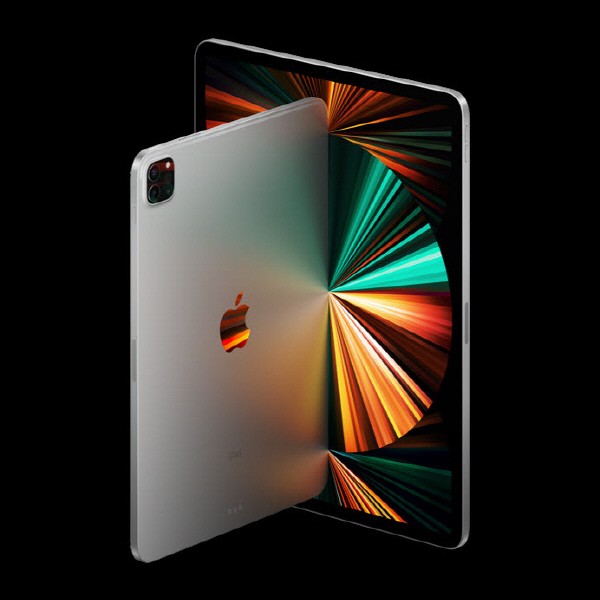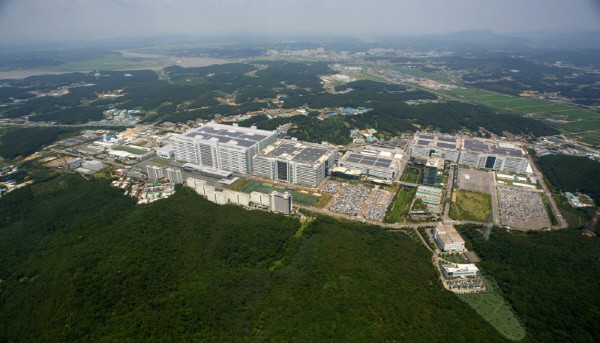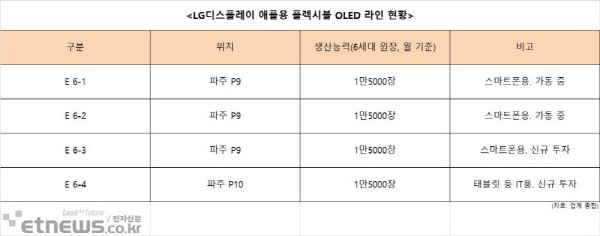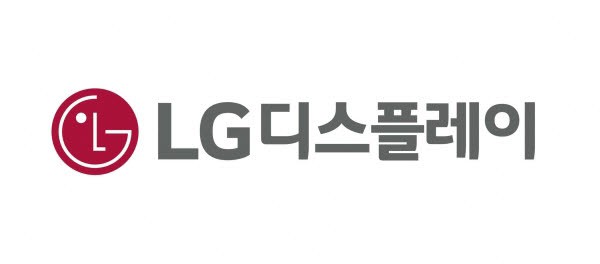LG Display announced on the 17th that it would invest 3.3 trillion won in expanding small and mid-sized Organic Light Emitting Diodes (OLEDs) until the end of March 2024. LG has not disclosed details such as mass production products and scale. The industry interpreted this investment is for the mass production of OLED display for iPad. Prior to this, LG Display signed a contract with Apple to supply OLED displays for iPad. Delivery is scheduled from 2024. iPad is the world's best-selling tablet. This is the first time that an iPad is equipped with OLED.

LG Display plans to build a small and mid-sized OLED line with a monthly capacity of 15,000 sheets based on the 6th generation glass substrate (1500 × 1850 mm) at the P10 plant in Paju. It already has a small and medium-sized OLED line (E6-1, 2, 3; and 6-3 under construction) with a monthly capacity of 45,000 sheets at its P9 plant in Paju. The investment in P10 will increase the production capacity to a total of 60,000 sheets. LG Display plans to operate the P9 line for smartphones and the P10 for information technology (IT), including tablets.

It is the first time that LG Display will be supplying OLED for iPad. Since the launch of the first model in 2010, Apple has been equipped with a Liquid Crystal Display (LCD) in iPad. LG Display, which has been pushing for OLED development with Apple, is believed to have entered a supply contract and set out for investment this time. An industry official said, “I believe that LG Display and Apple have been in a tight tug-of-war negotiation over the terms of the contract. There is still time until mass production and quality evaluation must be done, but the OLED supply for iPad is virtually confirmed.”
iPad is the most popular tablet, ranking first in the tablet market with annual sales of 50 to 70 million units. iPad display sizes range from 10 to 13 inches. In simple arithmetic terms, 3 to 4 times larger OLEDs than those for smartphones are mounted. This is expected to be a growth opportunity for LG Display by expanding the small and mid-sized OLED market. Director Kihyun Kim of Stone Partners, a display market research company, predicted, “Just as Apple adopted OLED to all iPhone models this year starting with the iPhone X (ten), it is possible that OLED is applied to some models of iPad and is expanded to all models.” .
Samsung Display is also known to supply OLED for iPad to Apple. The mass production is said to be in early 2023, delayed by about one quarter from the original announcement. Samsung Display will be supplying OLED in 2023 first, followed by LG Display about a year later.
LG Display has supplied OLEDs for iPhones to Apple since the end of 2018. Although it was a second mover after Samsung Display, LG’s deal size with Apple is rapidly increasing as it increased tenfold from the initial 5 million units to 50 million units this year. LG has been expanding its Paju P9 small and medium-sized OLED line (E6-3) (added 15,000 sheets) due to the increase in iPhone volume. The total investment in P9 and P10 will be around 4 trillion won, but LG Display said it could not disclose detailed information about the investment outside what was announced in the public.


By Staff Reporter Geon-il Yoon / benyun@etnews.com